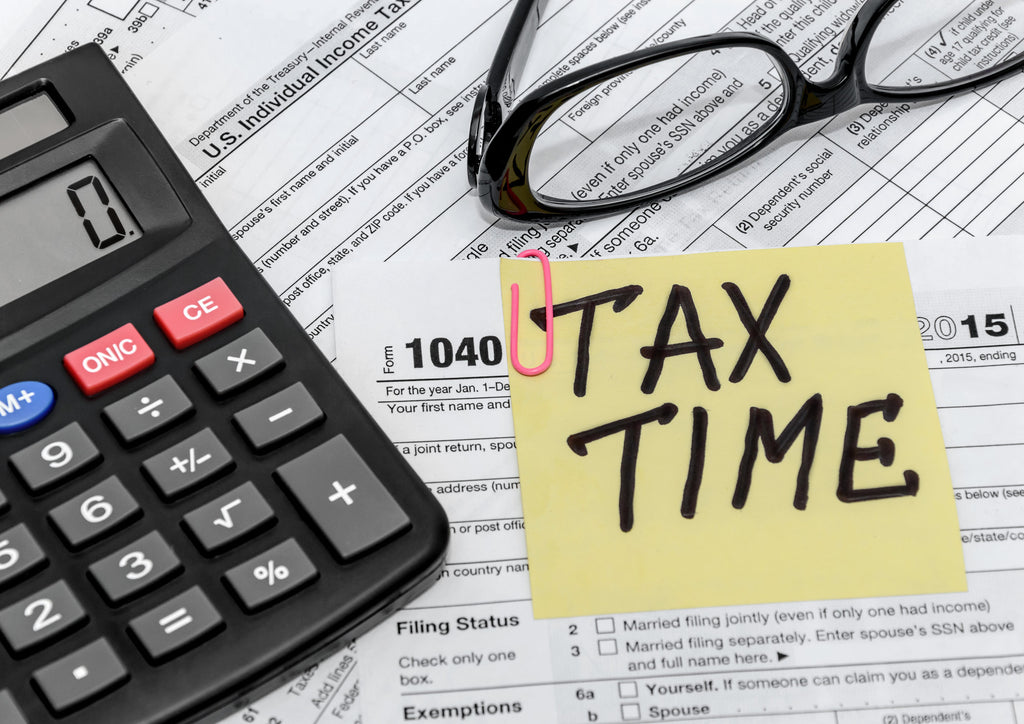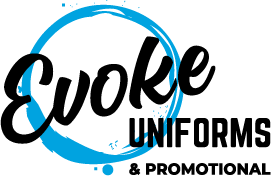Uniform Tax Deductions Explained: A 2023-24 Guide

Understanding Tax-Deductible Uniforms and Work-Related Clothing
The Australian Tax Office (ATO) provides specific guidelines on claiming tax deductions for uniforms and occupation-specific clothing. If you or your business has made eligible uniform purchases during the 2023-24 financial year (from 1 July 2023 to 30 June 2024), you may be entitled to a tax deduction.
Any 23/24 deductable uniform purchases need to have been completed by Sunday, 30 June 2024.
Is Your Uniform Purchase Eligible for a Tax Deduction?
Not sure if your uniform purchase qualifies for a tax deduction? Below is a summary of the ATO’s definitions for tax-deductible uniforms, occupation-specific, and protective clothing. For detailed information, you can refer to the full PDF on the ATO website.
Compulsory Work Uniform
You can claim deductions for the cost of purchasing and maintaining a compulsory work uniform. This type of uniform must:
- Clearly identify you as an employee of a specific organization (embroidered or printing with company logo).
- Be enforced through a strict uniform policy (specific items required to be worn, eg. Navy Work Pants).
- Include clothing that is uniquely designed for the employer, featuring logos and not available to the public.
- Be distinctive to your organization or related to the products/services it provides.
- Include essential footwear if it is an integral part of the uniform.
Note: Everyday clothing, even if required by your employer, does not qualify as a compulsory uniform for tax deductions.
Occupation-Specific Clothing
Occupation-specific clothing that identifies you with a particular profession is deductible. This includes:
- Specialized attire like a chef’s uniform, medical scrubs or beauty tunics.
- Clothing that is specific to your job and not general or casual wear.
Non-deductible items include plain clothing, casual wear, suits, leisurewear, and generic items like running shoes that can be worn across different professions/occasions.
Protective Clothing
You can claim deductions for clothing and footwear designed to protect against work-related risks of illness or injury. To qualify as protective, the items must:
- Have protective features or functions.
- Provide a sufficient degree of protection against workplace hazards.
Examples of protective clothing include:
- Fire-resistant (FR) clothing.
- Hi Vis Workwear.
- Sun-protection clothing with a UPF rating.
- Safety vests and non-slip shoes for nurses.
- Steel-capped boots, rubber boots for concreters, gloves, and heavy-duty workwear.
- Boiler suits, overalls, and smocks used to protect against damage or soiling of regular clothing.
When You Can't Claim a Deduction
Deductions cannot be claimed for conventional clothing, even if it is required by your employer or only worn at work. Conventional clothing includes:
- Everyday items like black trousers for waiters or business attire for office workers.
- Clothing that is purchased, repaired, or cleaned by the employer or where expenses are reimbursed.
Conclusion
Understanding the ATO’s guidelines on uniform tax deductions can help you or your business save on taxes for the 2023-24 financial year. Ensure you meet the criteria outlined above to make the most of your eligible deductions. For more detailed information, always refer to the ATO’s official resources.
Feel free to consult the full guidelines on the ATO website or access the comprehensive PDF document for more in-depth information.
- Kylie Higgins
